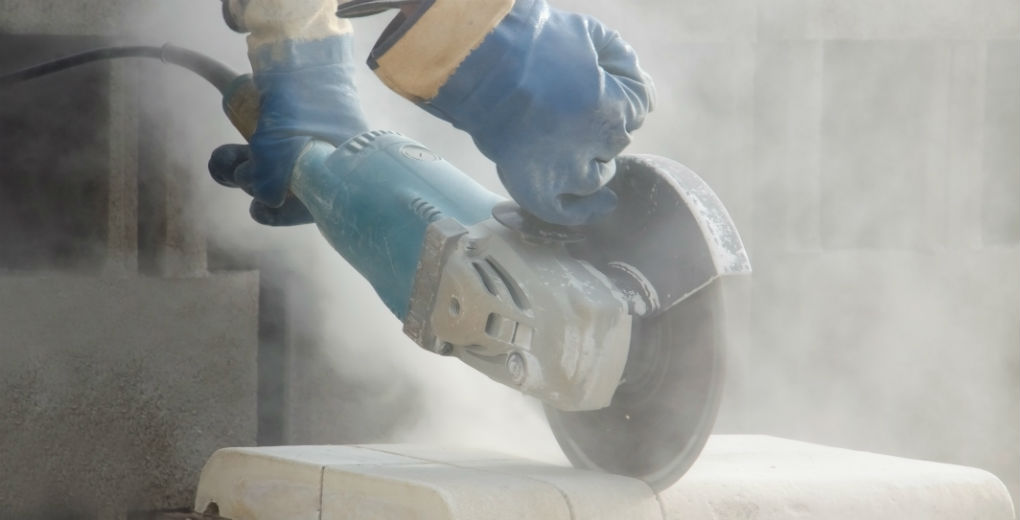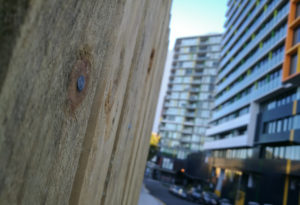Among other construction and trade related risks, dust kicked up into the air from sanding, grinding, drilling and cutting can cause fatal damage to those exposed to it.
Understanding the dangers and knowing how to protect against them is key to avoiding serious illnesses which may not come to light until many years later.
What makes construction dust?
Silica dust, non-silica dust and wood dust are the three main types which can be found on construction sites and within buildings having work carried out.
Silica and non-silica dust can be found in different types of rock, as well as in cement and gypsum. Activities such as drilling into concrete throws a very fine dust into the air which can then be inhaled.
Wood dust itself is then split into two areas; hardwood and softwood, and can be released into the air through sawing, drilling and sanding.
What damage can it do?
Inhalation of any of these types of dust can cause asthma, Chronic Obstructive Pulmonary Disorder, silicosis and lung cancer.
Regularly breathing in small amounts over many years can build up to cause damage in the airways which can be difficult to treat by the time you notice it. This could take years or could come on very quickly, as with advanced silicosis.
HSE research estimates that 500 people each year die from exposure to silica and 4000 due to work-related COPD.
Controlling dust
Certain activities and methods are going to cause more dust. High energy tools create a lot of dust very quickly, and sweeping does nothing to clear the air. Working for short spaces of time in a well-ventilated area can minimise the volume of dust, while vacuuming instead of sweeping will ensure you’re not spreading it around the area.
Minimising the risk
- Look at whether you can use alternative, less powerful tools for cutting, or better yet use material that’s the right size so you don’t need to cut it at all
- Explore other methods. Do you need to drill holes or can you use a nail gun?
- Using water in your work area can damp down dust. Control systems which use water spray are specifically designed for this purpose
- Industrial vacuums are built for clearing dust and storing until empty. This is far safer than moving dust from one area to another and launching it airborne in the process
- Use a mask but don’t rely on this for protection on its own. It’s better to minimise the dust as much as possible in the first instance
Misconceptions
Short stints: Even if you are doing work in short sharp bursts, you still run the risk of inhaling dust which can build up over time.
Working outside: A breeze will only protect you so far; if you’re working close to the process which is creating the dust you could still be breathing in harmful amounts.
Employers’ liability is a compulsory insurance which means businesses are financially equipped to deal with the fallout of dust related illnesses, long after the employee in question has left.
For the affected worker, life insurance can offer support in times of serious illness, but neither compare with taking care and being aware to the almost invisible dangers around you and your trade.
For a free review of your insurance requirements, contact the Chartered brokers at Hine Insurance on 0161 438 0000.




